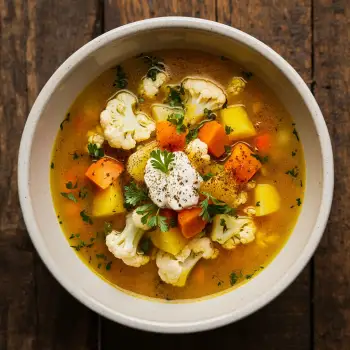


Greek
Strained yogurt that is thicker and creamier than regular yogurt, with a higher protein content, often used in dips and sauces.
Plain
Unflavored yogurt, ranging from non-fat to full-fat varieties, used as a base for both sweet and savory dishes.
Flavored
Yogurt that has been infused with flavors such as vanilla, honey, or fruit, often sweetened and used as a dessert or snack.
Drinkable
Yogurt that has been thinned out to make it drinkable, often flavored and used as a quick snack or breakfast on-the-go.
Non-dairy
Yogurt made from plant-based milk alternatives such as almond, soy, or coconut, catering to those with dairy intolerances or vegan diets.
Icelandic (Skyr)
A type of thick, strained yogurt similar to Greek yogurt but with a milder flavor, traditionally made from skim milk.




Greek yogurt: Fage, Chobani
Drinkable yogurt: Danone, Kefir
Non-dairy yogurt: Silk, So Delicious
Icelandic yogurt (Skyr): Siggi's

Baking: Yogurt can be used in baking to add moisture and a slight tang to cakes, muffins, and bread. It can also be a substitute for sour cream or buttermilk in recipes.
Marinating: Yogurt is an excellent base for marinades, tenderizing proteins like chicken or lamb while infusing them with flavor. The lactic acid and calcium in yogurt help break down the proteins, resulting in a more tender texture.
Finishing Sauces: Stirring yogurt into sauces or soups off the heat can add creaminess and body without the need for heavy cream. It's important to do this off the heat to prevent curdling.













